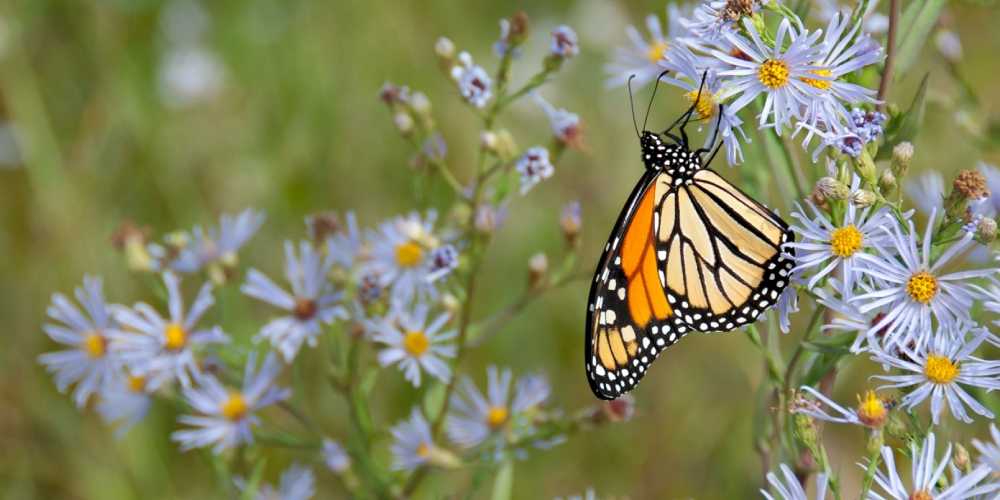
Sustainable gardening is more than just a hobby; it’s a way to give back to the planet right from our backyards! This approach blends our passion for green spaces with smart, earth-friendly practices. Ready to dive in? Let’s discover how our gardens can thrive while helping the environment too!
What Is Sustainable Gardening?
Sustainable gardening is a mindful approach to gardening that emphasizes reducing our environmental footprint. It’s all about making choices that are kinder to the earth, from the way we use water to the products we choose for our gardens. This method integrates our love for nurturing plants with a strong commitment to environmental stewardship.
According to American Horticultural Society, sustainable gardening combines organic gardening practices with resource conservation. Generally, sustainable gardening:
- is forward-thinking
- values ecosystem support
- makes as little negative impact on the earth as possible
- works with nature instead of against it
Why Is Sustainable Gardening Important?
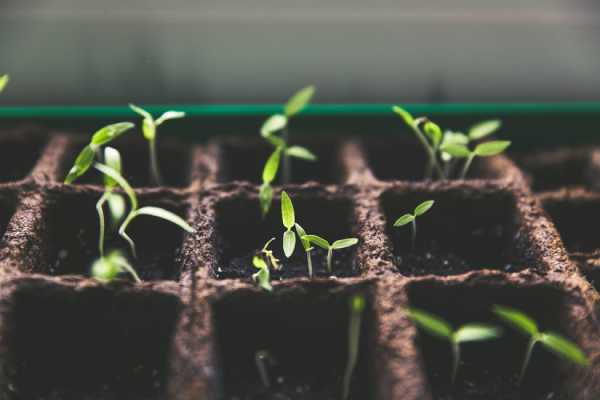
Environmental Benefits
Sustainable gardening is a powerful tool in the fight against climate change. By embracing practices such as tree planting and reducing chemical use, gardens act as mini carbon sinks. Sustainable gardening also supports local wildlife habitats and increases biodiversity. Moreover, it enhances soil health, improving its fertility and carbon-storing capacity.
Personal Benefits
On an individual level, sustainable gardening offers significant health benefits. It allows you to grow fresh, nutritious food, contributing to a healthier diet. Gardening also serves as a stress-reliever, offering a tranquil escape from everyday life. Additionally, it’s a form of physical activity that boosts overall well-being.
Community Benefits
Sustainable gardening strengthens community bonds. It promotes the growth of local ecosystems, providing venues for environmental education. These projects not only enhance individual gardens but also have the potential to transform entire neighborhoods into greener, more sustainable spaces.
Collect Rainwater
Using tap water for irrigation can significantly affect the environment. The process usually requires a lot of energy for pumping and treating the water, especially in cities. Also, relying too much on city water supplies can put pressure on local water sources, a major concern in areas prone to drought. Collecting rainwater is a great solution for gardeners to lessen this burden and help conserve an essential resource.
To set up a rain barrel system, start by choosing a large, clean barrel, preferably one designed for collecting rainwater. You can find these at gardening centers or repurpose other barrels. Next, place the barrel under a roof gutter’s downspout, ensuring it’s on a stable and flat surface. Install a diverter in the downspout to channel water into the barrel; this can range from a simple hose to a more sophisticated system. Make sure your barrel includes an overflow valve or hose to manage excess water, preventing it from pooling near your foundation. Finally, secure the barrel with a lid to keep out debris and prevent mosquitoes from breeding.
Start Composting
Organic materials like kitchen scraps and yard waste are broken down by microorganisms such as bacteria and fungi. The result? Rich, nutrient-packed compost. This natural cycle improves soil structure, boosts fertility, and helps the soil retain moisture. Plus, composting is a great way to recycle organic waste, cutting down on landfill contributions.
A key to successful composting is balancing ‘greens’ and ‘browns’. Greens are nitrogen-rich materials like fruit and vegetable peels, coffee grounds, and fresh grass clippings. Browns, on the other hand, are carbon-rich and include items like dry leaves, straw, wood chips, and paper. The magic ratio is roughly 2-3 parts browns to 1-part greens. This balance is crucial for maintaining optimal moisture and air flow, which speeds up decomposition.
Switch to Smart Irrigation Systems
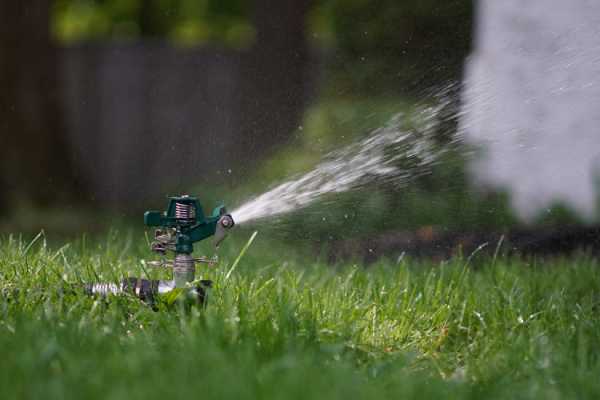
Traditional irrigation methods often lead to excessive watering, but smart irrigation systems bring technology into play to fine-tune water usage. They use factors like soil moisture levels, weather forecasts, and specific plant needs to determine the right amount of watering. This not only cuts down on water waste but also helps save resources and potentially reduces water bills.
Popular Smart Irrigation Options
Sensor-Based Controllers: These innovative systems utilize soil moisture sensors to accurately gauge when and how much water your plants need. This ensures your plants receive optimal hydration without the risk of overwatering.
Weather-Based Controllers: Tailoring watering schedules to local weather conditions, these controllers adjust automatically. If rain is forecasted, they’ll skip watering, ensuring no unnecessary water use.
Maintain With Mulch
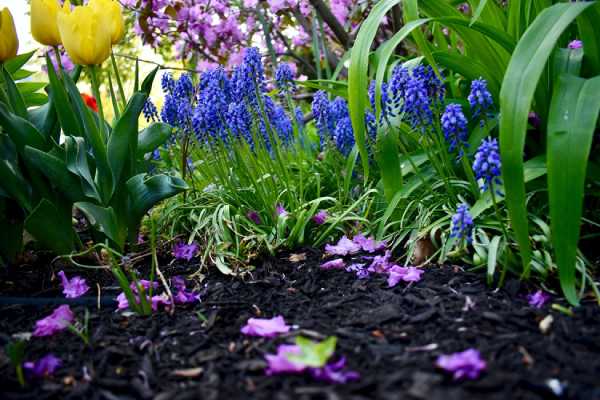
Mulch is a sustainable gardener’s best friend. Using organic materials like straw, wood chips, and leaves not only enhances your garden’s health but also supports the environment. Straw, light and easy to handle, is perfect for vegetable beds, providing insulation and moisture retention. Wood chips, with their longer decomposition time, are great for ornamental plants and trees, improving soil structure over time. And don’t overlook leaves – they’re an excellent, nutrient-rich mulch option for a variety of plants.
The way you apply mulch can vary based on what you’re growing. In vegetable gardens, a 2–3-inch layer of straw is usually enough to keep weeds at bay and maintain soil moisture. For trees and shrubs, a thicker layer of wood chips, about 3-4 inches, is beneficial. However, be sure to leave a small space around the trunk to prevent moisture buildup and rot. Leaf mulch is flexible; a 2–4-inch layer suits most flower beds and gardens. Properly applied, mulch not only beautifies your garden but also contributes to its overall health and productivity.
Plant Native Species
Native plants are invaluable in sustainable gardening. Perfectly adapted to their local environment, they need less water, fewer fertilizers, and minimal maintenance compared to exotic species. This natural resilience also makes them better equipped to handle local pests and diseases.
Choosing Plants for Your Climate Zone
Cooler Climates (USDA Zones 3-5): Opt for hardy species like Purple Coneflower, Switchgrass, and Red Osier Dogwood, which thrive in lower temperatures.
Temperate Regions (Zones 6-8): Black-Eyed Susan, Butterfly Weed, and Fothergilla are great picks, offering both beauty and adaptability.
Warmer Areas (Zones 9-11): In these climates, sun-loving plants like California Poppy, Agave, and Gulf Muhly Grass will flourish.
Avoid Chemicals
The use of synthetic chemicals in gardens can be harmful to both human health and the environment. Pesticides, for example, may contaminate the soil and water, affecting a wide range of non-targeted plants and animals and disrupting local ecosystems. For humans, exposure to these chemicals can lead to various health issues. Similarly, synthetic fertilizers contribute to soil degradation and can pollute water bodies through nutrient runoff, harming aquatic life.
Organic Alternatives for Pest Control
Thankfully, there are many effective organic options for pest management. Neem oil, a natural pesticide, is gentle on beneficial insects but tough on harmful pests. Beneficial predators like ladybugs and lacewings are great for naturally keeping pest populations in check. Additionally, physical barriers such as row covers, or plant collars are effective at preventing pests from accessing plants.
Organic Solutions for Plant Nutrition
When it comes to fertilization, organic materials like compost and manure are excellent choices. They not only supply essential nutrients but also enhance soil structure and promote healthy microbial activity. Green manures, including plants like clover and alfalfa, can be incorporated into the soil to enrich it. Liquid organic fertilizers, such as fish emulsion or seaweed extract, provide plants with a quick nutrient boost.
Practice Companion Planting
Companion planting is a time-honored gardening method where certain plants are grown together for mutual benefit. This practice is based on the idea that certain plant pairings can enhance each other’s growth. Scientifically, it’s explained by factors such as complementary nutrient needs, natural pest repellent properties, and mutual support. For example, taller plants can offer much-needed shade to smaller, sun-sensitive plants, while certain flowers are known to keep pests away from vegetables.
Companion Planting Chart
Tomatoes: They thrive when planted with basil, marigolds, and nasturtiums. Basil is believed to improve both the flavor and growth of tomatoes, while marigolds are effective at repelling pests.
Carrots: Planting carrots near onions, leeks, and rosemary can help repel carrot flies.
Lettuce: Benefits from being planted alongside strawberries and cucumbers. Strawberries can help keep slugs away, which are notorious for damaging lettuce.
Beans: Form a beneficial trio with corn and squash, which is known as the “Three Sisters” technique. Corn provides a natural trellis for beans to climb, and squash’s broad leaves help conserve soil moisture.
This chart serves as a basic guide, but there’s a wide range of plant combinations to explore, each offering unique benefits.
Choosing Organic, Local Seeds
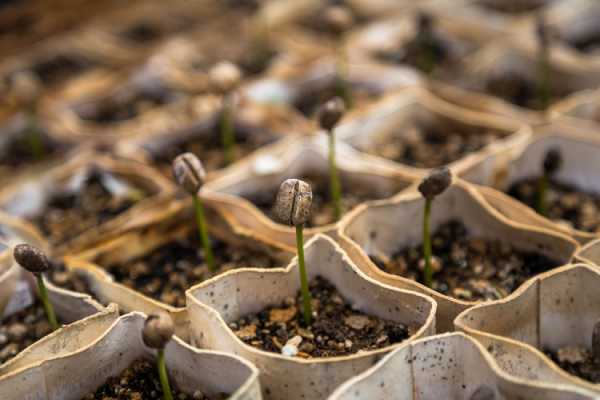
Local organic seeds are often adapted to your specific climate and soil conditions, making them more likely to thrive in your garden. Additionally, organic seeds are free from synthetic chemicals, ensuring that your garden starts off on an eco-friendly footing.
Local organic seeds often have a better germination rate and are more resilient to local pests and diseases. This adaptability can lead to healthier plants and more bountiful harvests.
Attract Pollinators and Beneficial Insects
Bees, butterflies, and hummingbirds are vital to the health of ecosystems. They play a key role in plant reproduction, aiding in the production of fruits and seeds. Moreover, these beneficial insects naturally control pests, contributing to a healthier and more balanced garden ecosystem.
Pollinator-Friendly Plants
For Bees: Plants such as lavender, borage, and catmint are highly attractive to bees, thanks to their nectar-rich and easily accessible flowers.
For Butterflies: Zinnias, coneflowers, and butterfly bushes are renowned for their appeal to butterflies.
For Hummingbirds: Tubular flowers like foxglove, honeysuckle, and salvia are especially enticing to hummingbirds.
Re-Use Materials
Reusing household items in the garden is not just a cost-effective approach but also an environmentally friendly one. For example, old tires can be transformed into unique and creative planters. By painting them or stacking them, you can fashion both attractive and practical raised beds for a variety of plants.
Every item that is repurposed reduces the amount of refuse that could potentially harm the environment. Upcycling also lessens the demand for new products, conserving the resources and energy that would have been used in their production. Integrating these reused materials into your garden is a small but impactful step towards environmental conservation.
